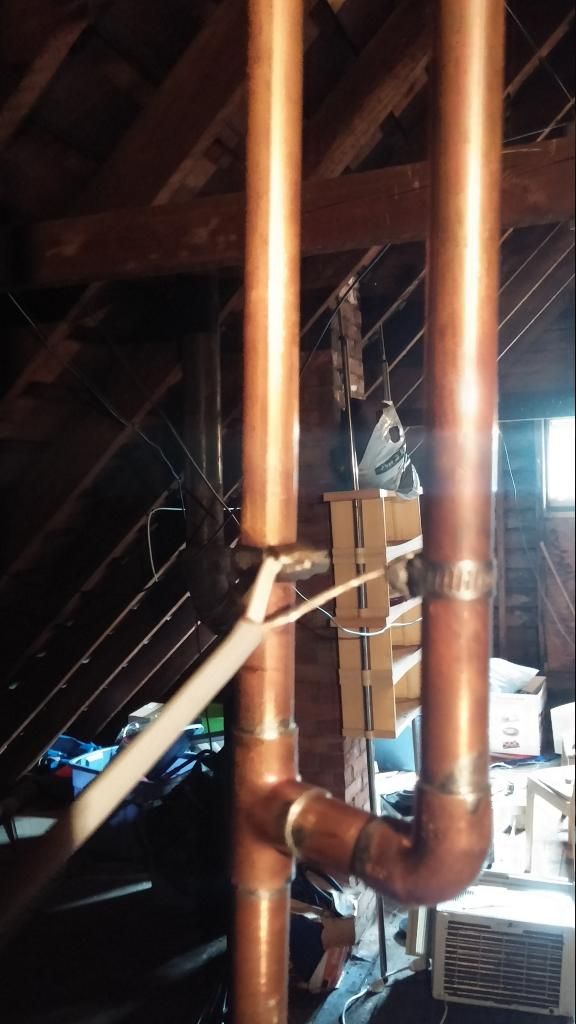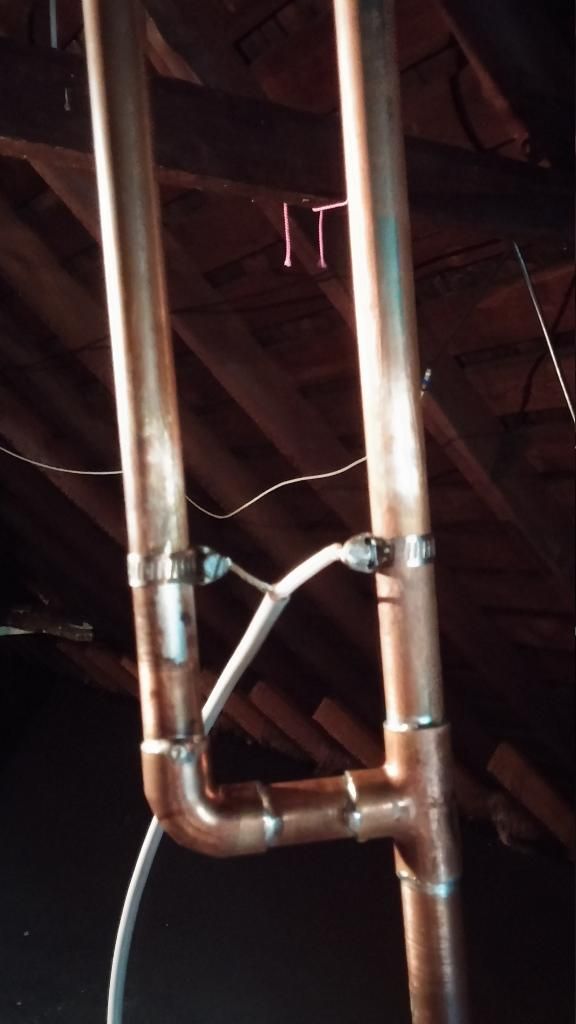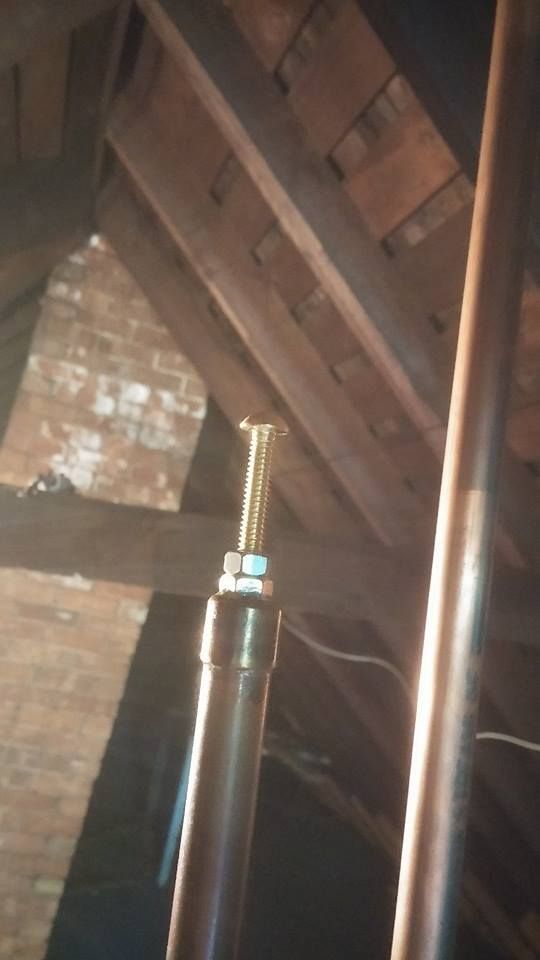I made a J-Pole antenna but I am having a hell of a time getting the match down on 145mhz right now my swr is 1.2:1 is at the top of the band 148mhz.. the tuning stubs seem to do nothing and I adjusted the feed point all over the place, and this is the best I can get right now.
here is a video if me sweeping through 2 meters and some pics of my J-pole any tips would help...
https://www.youtube.com/watch?v=btRJ03Z3GOg



here is a video if me sweeping through 2 meters and some pics of my J-pole any tips would help...
https://www.youtube.com/watch?v=btRJ03Z3GOg




